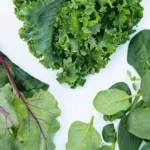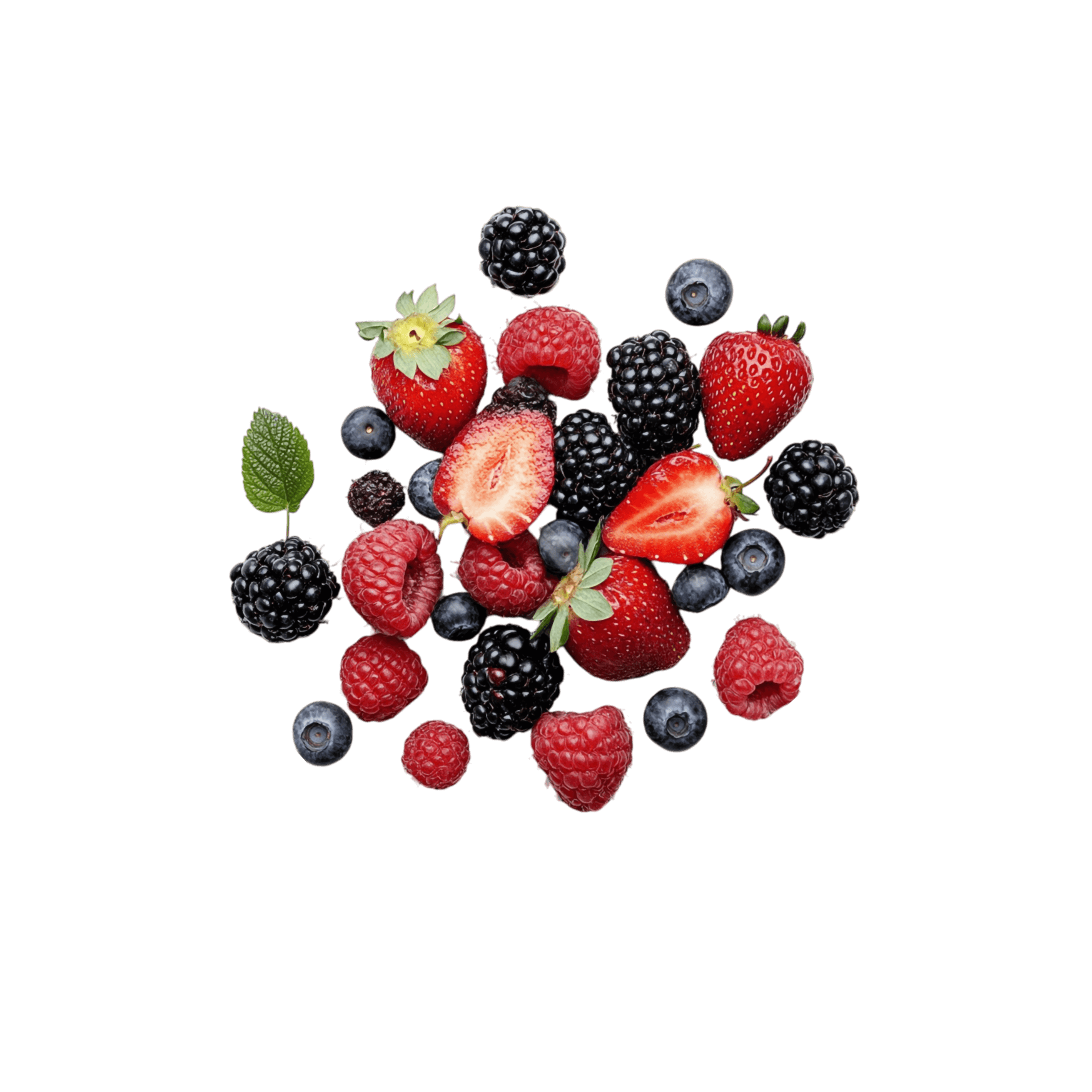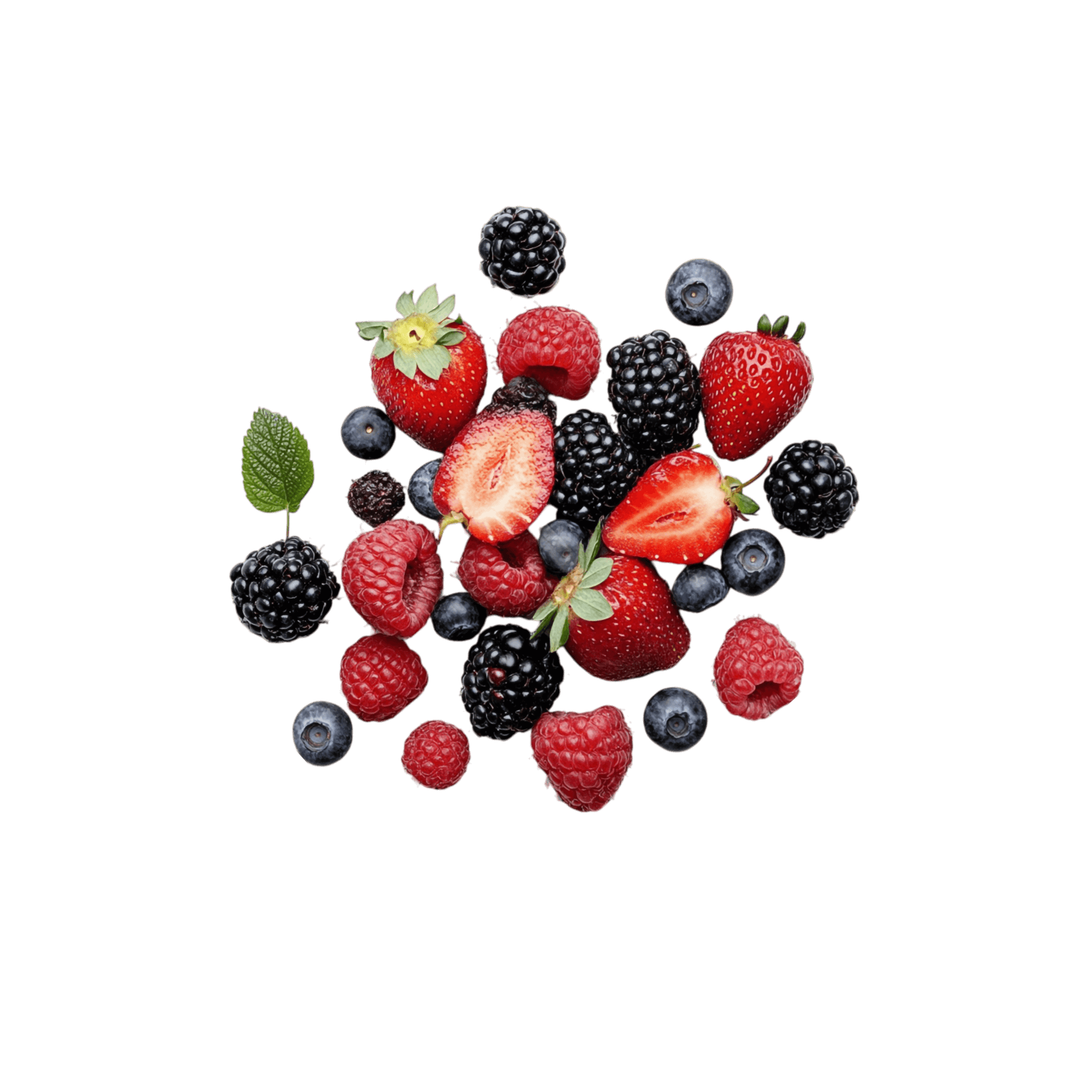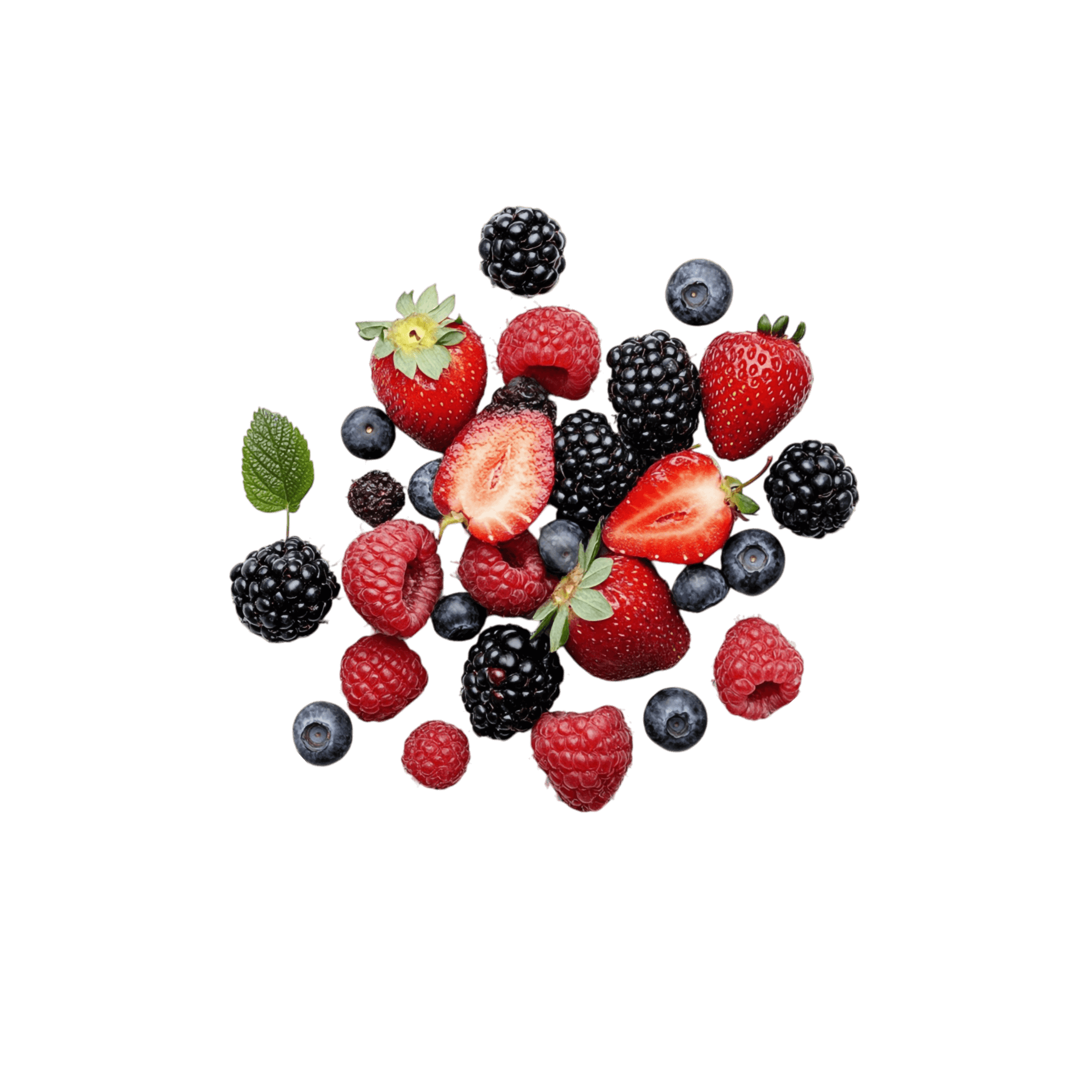A Fresh Look at the 2025 Produce Market
If you run a kitchen or manage a food business in New York City, you’ve probably felt the shift: customers are more demanding, costs are climbing, and the definition of “fresh” keeps changing. I see it every day across the produce market, younger diners asking where their vegetables come from, chefs scrambling to balance flavor and price, and buyers searching for reliable local suppliers who can actually deliver.
What’s happening isn’t random. In 2025, three powerful trends are shaping how we all do business. Gen Z and Millennials are rewriting eating rules, turning fresh produce into a statement of health, ethics, and identity. Inflation continues to squeeze margins, forcing us to find smarter ways to source ingredients without losing quality. And local produce, once a nice story, is now a competitive advantage, helping NYC restaurants build trust and flavor that customers can taste.
In this article, I’ll explain how these trends collide, and how you can use them to strengthen your menu, pricing, and supplier strategy. Because surviving in this market isn’t just about having fresh food; it’s about having a fresh perspective.
Gen Z & Millennials Are Rewriting Fresh
Younger diners are the demand engine. In Fresh Trends 2025, 78% of Gen Z and 75% of Millennials say they’re eating more produce than a year ago, far outpacing older cohorts.
For them, produce is identity: health, ethics, and creativity on the plate, shared on social feeds and measured by how well it performs at the table.
How Younger Diners Redefine Flavor in the Produce Market
Younger diners aren’t just eating differently; they’re thinking differently about food. For them, every plate tells a story, where the ingredients came from, how they were grown, and why they taste the way they do. If you’re competing in today’s produce market, meeting those expectations means designing menus that celebrate freshness, color, and honesty.
Here’s what their taste buds crave, and how your kitchen can respond:
- Bold flavor that feels real: Ripe, seasonal items handled with minimal prep let natural taste shine. Think roasted root vegetables, seared greens, or citrus-marinated sides that taste alive.
- Plates that look as fresh as they feel: Color drives attention, from vibrant grain bowls to produce-forward mains that make a statement before the first bite.
- Crisp, layered salads: Texture and acidity matter as much as freshness. Build salads that combine crunch, contrast, and a clear origin story, ingredients guests can trace back to local farms.
- Bright finishes: End meals on a high note with fresh fruits that bring balance, stone fruit compotes, citrus segments, or frozen purées that add color and refreshment to desserts and beverages.
When you design menus around what the next generation craves, you’re not just keeping up — you’re leading. In today’s produce market, flavor isn’t a feature; it’s your story, your edge, and your invitation to be remembered.
Inflation Is Changing How You Buy (Without Killing Creativity)
After years of unstable pricing, the outlook for 2025 is cautiously steady, but still unpredictable. The USDA projects overall grocery costs to rise by about 2%, with fresh fruits slightly cheaper than last year and vegetables holding steady. On paper, that sounds manageable, but anyone working in the produce market knows prices can shift from one delivery to the next.
What matters most isn’t the forecast, it’s how we respond. Across the industry, 87% of buyers say they’ve changed how they purchase to manage expenses, and three out of four now “trade down” to perceived value options. For restaurants and caterers, those same pressures hit both sides of the plate: higher costs in the kitchen and customers watching every dollar on the menu.
That’s why smarter sourcing, not cheaper sourcing, is the real strategy. Partnering with reliable wholesale produce suppliers, locking in pricing when possible, and tracking seasonal trends can protect your margins while keeping your ingredients at their freshest.
Five cost-savvy moves for NYC kitchens
- Buy in-season to secure the freshest items at better yields.
- Mix conventional and organic to keep a hero dish affordable.
- Use quality frozen food (berries, herbs, veg trims) to stabilize prep and reduce waste.
- Consolidate with a wholesale restaurant supply partner that spans categories to reduce delivery fees and misses.
- Tap data: track portions, waste, and margins so you can cut low-ROI SKUs without sacrificing guest satisfaction.
When you frame menus around “value through freshness,” customers accept price reality, if the plate over-delivers.
Local Loyalty: NYC’s Secret Ingredient

Two out of three shoppers say local matters; Millennials and Gen Z lead the way. That’s strongest in the Northeast, NYC’s backyard.
Local wins because it improves flavor integrity, shortens routes, and creates a story guests can feel. It’s also a hedge against shocks, since shorter chains are easier to manage across a congested market.
Turn local into a growth flywheel
- Building supplier ties: plan field-to-kitchen calendars for predictable drops and menu alignment.
- Carry a rotating slate of nearby greens, herbs, tomatoes, and citrus for weekly specials.
- Run a “Local This Week” board, list farm names and distances, not just item names.
- Create featured plates that spotlight one farm and a single technique (char, confit, quick-pickle).
- Give servers a one-sheet with the information: farm practices, harvest windows, and ideal pairings.
Bonus payoff: local transparency pairs beautifully with wellness messaging, “clean provenance” supports healthy positioning without preaching.
Make the Plate Do the Persuading (Category Integration)
Guests remember plates, not cost spreadsheets. Design with produce in the lead and surround it with complementary categories delivered by reliable multi-line partners.
- Seafood: Use citrus, herbs, and brassicas to underscore briny sweetness.
- Meats: Pair charred veg and jus reductions with premium beef or slow-braised cuts.
- Cheeses: Layer salt, cream, and acid to frame fruit and leafy greens.
- Wholesale drinks: Fresh juices, tonics, and club soda create low-lift pairings for mains.
- Pantry Essentials: Nuts, grains, vinegars, and oils finish plates and minimize waste.
- Dairy supplier: Yogurt, cultured butter, and milk solids add gloss and balance.
Tip: Work with wholesale meat distributors that align on humane sourcing and spec discipline, so your veg-forward mains still read delicious and premium.
Menu ideas your team can execute fast
- Roasted roots + gremolata under seared meats for depth and contrast.
- Bitter chicories with citrus for winter salads that punch above their weight.
- Blistered peppers with soft cheeses and herbs on toasted flatbread.
- Stone fruit “savory” recipes with feta, chili, and mint to headline small plates.
The goal isn’t complexity, it’s plates bursting with freshness that justify their price without explanation.
Procurement That Actually Simplifies the Day
Simplicity is a margin strategy. The right distributor saves you time, misses, and re-fires.
- Choose wholesale produce partners with proven dock-to-door cold-chain discipline.
- Source fresh vegetables and products like herbs/prep-cut skus to reduce knife hours safely.
- Favor a wide catalog so you can bundle proteins, beverages, and staples in fewer drops.
- Confirm flexible MOQs so you can order little and OFTEN when covers fluctuate.
- Ensure vendor tech can surface allergen and origin information at item level for your POS.
Ask vendors to offer two alternative SKUs whenever a spec is tight, one local and one value, so the menu never stalls.
When procurement is tight, the kitchen stays nimble, service stays smooth, and the guest only notices that every dish tastes dialed.
Pricing, Positioning, and Persuasion (Without Over-Discounting)
Your guests don’t come for numbers, they come for flavor, consistency, and confidence. Price with intention, but let quality do the convincing.
Positioning checklist (use weekly):
- Feature one unique local veg (or fruit) as a spotlight.
- Frame two mains as “seasonal picks” to anchor the board.
- Write one high-margin veg-forward item that’s truly affordable.
- Cross-sell a pairing from wholesale drinks (citrus spritz, ginger tonic).
- Add one “chef’s find” sourced from a nearby farm or trusted importer.
Language matters. Words like “charred,” “crushed,” “herb-marinated,” and “lemon-dressed” help customers visualize value before they taste it.
What the Data Says (And How to Use It)
A few proof points to ground your plan:
- Younger diners are the growth lever: 78% of Gen Z and 75% of Millennials increased fresh intake year over year. Use that to justify deeper seasonal rotations.
- Local preference is real: two-thirds say they feel strongly about buying local; highlight that on menus and socials weekly.
- Price outlook isn’t uniform: ERS projects modest food-at-home inflation in 2025, with fruits trending down vs. 2024 and vegetables roughly flat, plan menus around those micro-moves.
- Trading down continues: 76% shift to lower-cost choices, even higher-income households, your job is to make “value” feel like “premium.”
Schedule a 10-minute pricing huddle with your vendor to align on prices for next month’s seasonal transitions before you print menus.
Conclusion: Visit the Partner That Makes Freshness Simple
Behind every great plate is a team that cares — about quality, community, and the craft of fresh food. NYC’s next generation of food leaders will be those who turn that care into consistency, connecting local produce, fine meats, and creative beverages in a way that feels authentic, effortless, and unforgettable.
If you’re ready to streamline purchasing and keep your menu bursting with peak-season flavor, visit Fadaro Foods. We carry everything from wholesale produce and fresh vegetables to wholesale drinks, frozen food, Pantry Essentials, and an extensive line of dairy products, with the consistency NYC kitchens rely on.
And taste how a tighter supply chain turns into happier guests, smoother services, and better margins, week after week.

Fadaros’ editorial team is dedicated to creating high-quality, insightful content that helps food businesses navigate the challenges of the wholesale industry. We aim to empower you with practical advice, expert insights, and resources tailored to your needs. By aligning with our brand’s mission of helping you grow and build a successful future, we aim to be a trusted partner every step of the way, ensuring your success remains our top priority.






